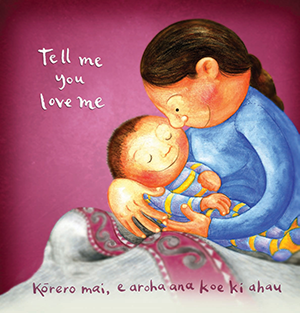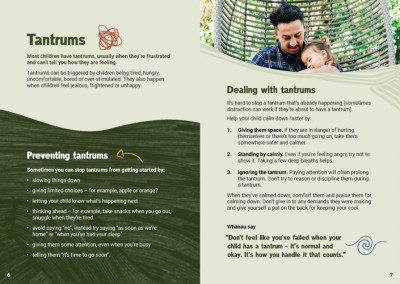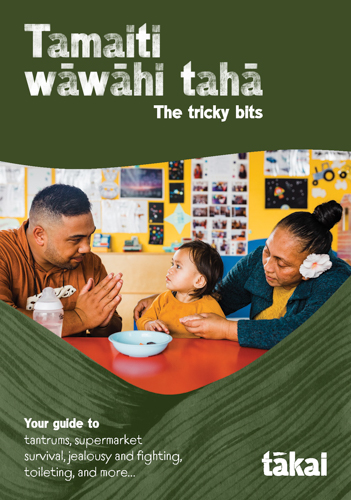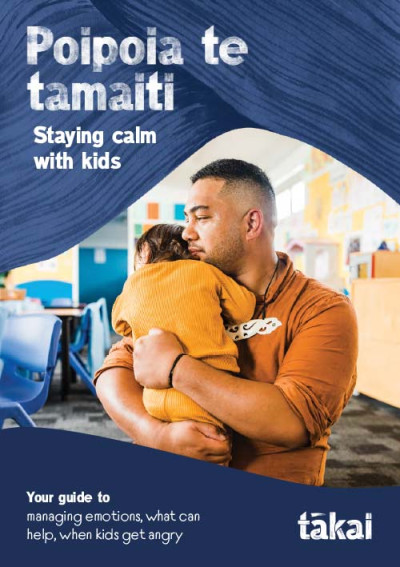
Tantrums
Tantrums are part of a child's development. They express the frustration the child can't explain. Understanding the reasons for tantrums can help. Showing love helps tamariki feel safe and loved, and to learn to manage their big emotions.
Tantrums generally occur for tamariki aged around the age of 2. This is because at this time, their sense of independence is growing, but their language and abilities are still catching up. This means they don’t always have the words or patience to manage frustration, disappointment and other big emotions.
While some tamariki eventually learn to manage their big emotions without tantrums, this doesn’t always happen for tamariki who are disabled or neurodivergent. As well as having extra challenges in their lives, they can also be sensitive to too much going on. This is because neurodivergent tamariki (for example autistic tamariki) tend to suffer from cognitive or sensory overload, also called meltdowns.
The recommended ways of supporting tamariki with meltdowns are not the same as for they would be for tantrums. That's why it's important for whānau of disabled or neurodivergent tamariki to access the following tips on supporting tamariki with anger and meltdowns:
Why tamariki have tantrums
To express what they can’t say
Pēpi and toddlers often communicate their big emotions by crying, screaming, biting, throwing, scratching or pinching. They do this because they don’t have all the words they need yet to tell whānau about their frustrations. Many of their frustrations are because of some decisions others make on their behalf.
Being overwhelmed
Tantrums are more likely when a toddler is tired, hungry, uncomfortable, bored or overstimulated. Yes, just like adults, too much excitement or activity can be overwhelming for tamariki too.
Missed cues
Whānau sometimes haven't seen or heard the needs of their tamariki, or they may offer a solution tamariki don't want or override what they want at that particular time. Sometimes big reactions can become their ‘go to’ because whānau will stop to listen and reassess as a result. Tuning-in to tamariki during calmer times can support them so they don't need to resort to big reactions.
How to respond to a tantrum
Stay calm
It's really important for whānau to manage their own emotions when a child is having a tantrum. The reason this is challenging is that big emotions are contagious! But this only teaches tamariki that big reactions and tantrums are normal, even for adults. Some things whānau can do to stay calm are:
- puku breathing
- counting to ten and back
- waiata, whistling or humming.
Keep it real
Whānau may need to adjust their expectations and have realistic goals with what their child can cope with, particularly if their child has a disability.
It can help to think about how things are from the child's perspective – the world is a big place, they're still only little and learning.
Show tamariki they’re loved
Showing love supports tamariki to feel safe, and manage big emotions. A six second cuddle induces oxytocin which supports us to feel connected and calm. Sometimes this will also support tamariki to sleep if they are overtired.
Try to keep quiet
Negotiating and reacting with big emotions won't support tamariki to calm down. Instead, provide awhi or stay close to them. Gentle touch may support them too – whānau and tamariki can 'ride-out' the big emotions together.
Sometimes waiata, humming or rocking will support them best. Tamariki will let whānau know what's not working.
Conversation ideas
Helpful resources for whānau
-

Dealing with tantrums
Whānau Āwhina Plunket
Tips on how to avoid tantrums, and what to do when they happen.
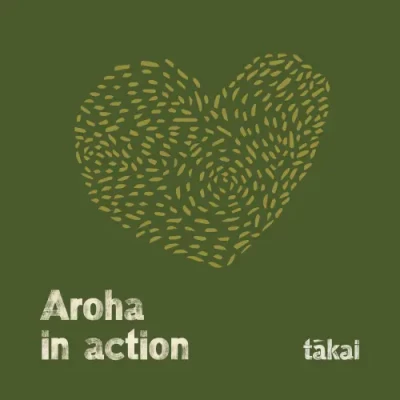 pdf 5 MB
pdf 5 MB
